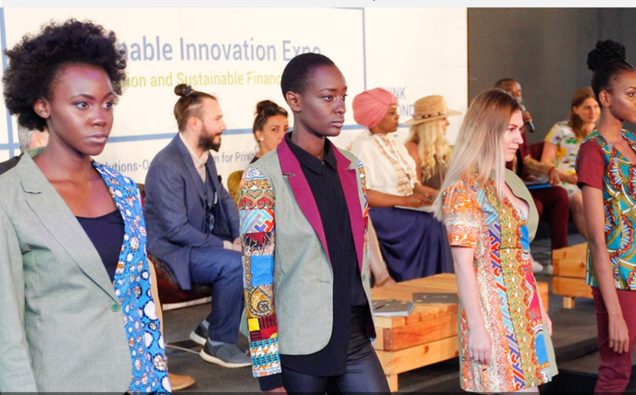
Each new fashion comes with its own price tag. But fashion extends to so many areas of human activity, products and ingredients ranging from clothes to chemicals to leather and artwork. Collectively, fashion has a price for all of us. Not just financial but environmental and climatic.
As an example, the UN, which made a pitch this week for awareness about the downside of fads for climate, cites the enormous amount of water that goes into manufacturing jeans. A single of pair of jeans costs 7,500 liters of water – as much as an average person drinks over seven years.
According to UNCTAD, fashion industry annually uses 93 billion cubic meters of water – enough to meet the needs of five million people. The fashion industry is also seen as responsible for dumping three million barrels of oil into the oeean every year.
More disturbingly, fashion industry contributes accounts for huge carbon emissions, more than all international flights and maritime shipping combined.
In view of the challenges that fast-paced fashion products manufacturing, marketing, use and discarding of clothes for ever new fads and designs, the UN has launched an initiative to mitigate this harmful environment trend with 10 different United Nations organizations coming together this year under the UN Alliance for Sustainable Fashion.
![Buy Nothing Day demonstration in San Francisco, November 2000. Credit: This photo (C) Lars Aronsson [CC SA 1.0 (http://creativecommons.org/licenses/sa/1.0/)]](https://upload.wikimedia.org/wikipedia/commons/4/40/La2-buynothing.jpg)
Buy Nothing Day demonstration in San Francisco, November 2000. Credit: This photo (C) Lars Aronsson [CC SA 1.0 (http://creativecommons.org/licenses/sa/1.0/)]
“If we carry on with a business-as-usual approach, the greenhouse gas emissions from the industry are expected to rise by almost 50% by 2030.”
Called ‘fast fashion,’ manufacturing and sale of fashion products spread apace with availability of low-price dresses. That results in discarding of clothes just for the sake of newer ones. All these factors trigger social, economic and environmental implications. According to he UN, clothing production worldwide doubled between 2000 and 2014.
So what can do to avert climatic consequences and make clothing green-friendly, ethically correct and sustainable?
Catwalks, influencers, industry leaders and consumers all will have to come into play to help reduce the industry’s impact on climate change because arresting the climate deterioration demands a change in our consumerism-charged lifestyles.
















